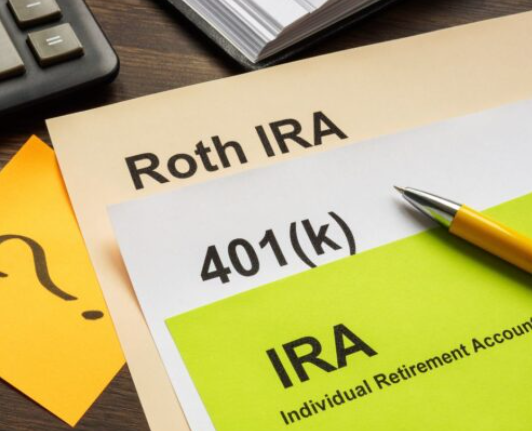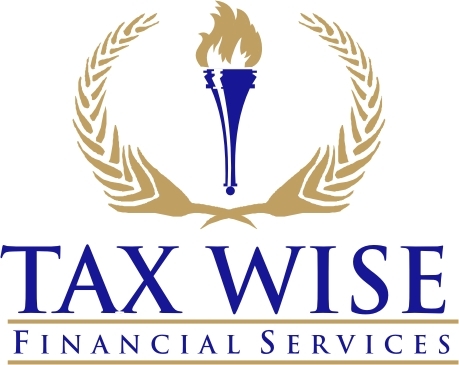
Introduction to 401(k) Contribution Limits in 2025
If you’re planning for your retirement, it’s important to know about the 401(k) contribution limits for 2025. A 401(k) is a retirement savings plan offered by employers, where you can contribute a portion of your income for the future. However, the government places limits on how much you can contribute to your 401(k) each year. These limits change from year to year, and it’s crucial to understand the 401(k) contribution limits for 2025 to make the most of this savings opportunity.
In this article, we’ll explore everything you need to know about these limits, including how they’ve changed for 2025 and how you can maximize your savings.
What Are the 401(k) Contribution Limits for 2025?
The 401(k) contribution limits for 2025 have been updated. These limits determine how much you can save each year in your 401(k) plan. Understanding these numbers will help you plan better for your future.
Here are the updated contribution limits for 2025:
- Employee Contribution Limit for 2025: If you’re under 50 years old, you can contribute up to $23,000 to your 401(k) in 2025. This is an increase from the $22,500 limit in 2024.
- Catch-Up Contributions: If you are 50 years old or older, you are eligible to contribute an additional $7,500 as a catch-up contribution. This means that individuals 50 and older can contribute up to $30,500 in 2025 (this is a $500 increase from 2024).
- Employer Contributions: The total combined contribution limit from both you and your employer will be $66,000 in 2025 for those under 50, and $73,500 for those 50 and older (with the catch-up contributions included).
These updated contribution limits for 2025 allow you to save more for retirement and benefit from additional tax savings.
Why Do 401(k) Contribution Limits Change?
The 401(k) contribution limits change every year to keep up with inflation. As the cost of living increases, the IRS raises these limits to help workers save more for retirement. The changes in 2025 allow for higher contributions, which is helpful as retirement costs continue to rise.
By understanding these changes, you can take full advantage of the updated contribution limits to maximize your retirement savings. The more you save in your 401(k), the better prepared you’ll be for retirement.
How to Maximize Your 401(k) Contributions in 2025
Maximizing your 401(k) contributions in 2025 is an excellent way to secure a comfortable retirement. Here are some tips to help you make the most of the 401(k) contribution limits for 2025:
- Contribute the Maximum: If you can afford it, aim to contribute the full $23,000 (or $30,500 if you are 50 or older). This is the best way to take full advantage of the tax benefits and maximize your savings.
- Make Use of Employer Contributions: Many employers offer matching contributions, meaning they will contribute money to your 401(k) if you do. Be sure to contribute enough to take full advantage of any matching contributions your employer offers, as this is free money for your retirement.
- Automate Your Contributions: Set up automatic contributions from your paycheck so that you never miss a deposit. This ensures that you’re consistently saving and reaching the maximum contribution limit each year.
- Increase Contributions Gradually: If you can’t contribute the full $23,000 right away, try increasing your contributions every year. As your salary increases, you can also increase the amount you contribute to your 401(k).
- Consult a Financial Advisor: A financial advisor can help you create a personalized plan for reaching the maximum contribution limits for 2025 and advise you on the best strategies for saving for retirement.
The Benefits of Contributing to a 401(k) in 2025
There are many benefits to contributing the maximum to your 401(k) in 2025. Here are some key advantages:
- Tax Savings: Contributions to a traditional 401(k) are made with pre-tax dollars. This means that you can lower your taxable income for the year and pay less in taxes. The money in your 401(k) grows tax-deferred, meaning you won’t pay taxes on your contributions or earnings until you withdraw them in retirement.
- Employer Matching: If your employer offers a matching contribution, you can increase your savings without spending any extra money. For example, if you contribute 5% of your salary and your employer matches that amount, you will double your savings for that portion.
- Compound Interest: The more you contribute, the more your money can grow over time. Compound interest means that the money you earn on your savings earns interest itself, leading to exponential growth over the years.
- Catch-Up Contributions: If you’re 50 or older, catch-up contributions allow you to save more. This is a great way to boost your retirement savings if you started saving later in life or want to catch up for missed contributions.
Additional Considerations for 2025
When planning for 2025, it’s important to think about your retirement strategy as a whole. Here are a few additional things to keep in mind:
- Roth 401(k) Option: Some employers offer a Roth 401(k), where contributions are made after-tax. The main advantage of a Roth 401(k) is that you can withdraw your contributions and earnings tax-free in retirement. The contribution limits for a Roth 401(k) are the same as for a traditional 401(k), but the tax treatment is different.
- Solo 401(k) for Self-Employed Workers: If you’re self-employed, a solo 401(k) may be a good option. You can contribute both as an employee and an employer, which can increase your overall contribution limit.
- 401(k) Loans: It’s generally a good idea not to take loans from your 401(k), but it’s possible if you need the money. If you do take a loan, remember that it must be repaid with interest, and failure to repay it could lead to penalties.
Conclusion: Preparing for Your Future with 401(k) Contribution Limits in 2025
Understanding the 401(k) contribution limits for 2025 is an essential step in preparing for a comfortable retirement. By contributing the maximum amount to your 401(k), taking advantage of employer matches, and using strategies like catch-up contributions, you can significantly boost your retirement savings.
The increased limits for 2025 give you a great opportunity to save more than ever before. Make sure to review your 401(k) contributions each year and stay informed about any changes to contribution limits. By doing so, you can create a stronger, more secure financial future for yourself.


